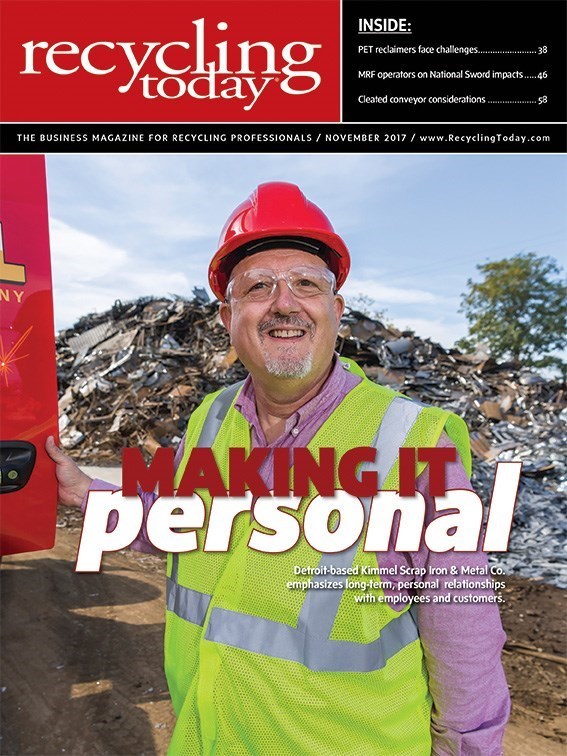
Real Alloy to restart Kentucky UBC recycling facility
Real Industry Inc., Sherman Oaks, California, has restarted its Real Alloy Holding Inc. subsidiary’s used beverage container (UBC) recycling operation in Morgantown, Kentucky, because of increased customer demand and to fulfill a new contract. The UBC recycling operation has been idle since December 2015.
On an annualized basis, Real Alloy says it expects to process approximately 50,000 tons at the Morgantown facility, which represents more than 6 percent of Real Alloy North America’s total annual volume. The Real Alloy North America and Real Alloy Europe units comprise Cleveland-based Real Alloy Holding.
Terry Hogan, president of Real Alloy, says, “We are excited about restarting the UBC recycling operation at Morgantown. The restart will bring approximately 30 people back to work at the facility and will result in higher equipment utilization with the higher production levels. We are currently ramping up the equipment and expect to be delivering the targeted volumes by the beginning of October 2017.”
Real Industry also has announced that it has retained Jefferies LLC, a global investment banking firm headquartered in New York, to assist in refinancing Real Alloy’s $305 million of senior secured 10 percent notes coming due in January 2019.
Kyle Ross,
Silicon carbide presents a challenge for autocat recycling
Silicon carbide (SiC) in “spent” emission control catalysts recycling streams requires more time and energy to process in electric arc furnaces (EAFs) than the typical cordierite ceramic material, according to BASF Corp., Florham Park, New Jersey. This means that SiC material must be separated from cordierite material and processed separately. Otherwise, recyclers incur additional costs from the longer processing time and increased energy use, the company says.
SiC filter substrates can be identified by their dark gray color compared with the typical light brown color of cordierite filter substrates. Also, SiC filters usually consist of sections that have been glued together, while cordierite filters are a single piece.
According to the company, separating the SiC catalysts before further processing reduces
To reduce pollution, legislators are setting ambitious objectives for the automotive industry. To meet these objectives, state-of-the-art technology that combines the catalyzing power of PGMs (platinum group metals) and new materials such as SiC is being used. These materials can still be recycled but must be separated from standard cordierite material because they require more time and energy to process, BASF says,

Explore the November 2017 Issue
Check out more from this issue and find you next story to read.
Latest from Recycling Today
- Bridgestone introduces retreating plant virtual tour
- USTMA announces Tire Recycling Foundation
- Dow announces agreement with Freepoint and MOU for Asia Pacific market with SCGC
- Mixed signals chracterize ferrous market
- Researchers look into ironing out a secondary aluminum limitation
- Analysis: Chemical recycling’s ‘inflection point’ nearing
- Machinex system in Québec targets organics diversion
- Northern Shenandoah region awarded $3.9M for recycling infrastructure





